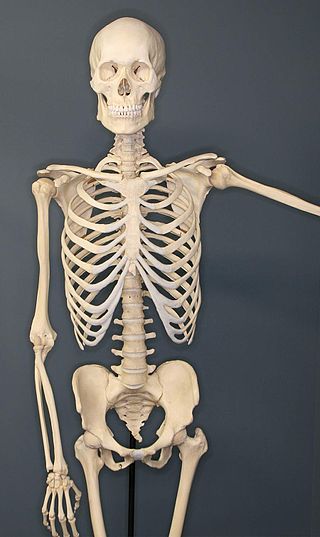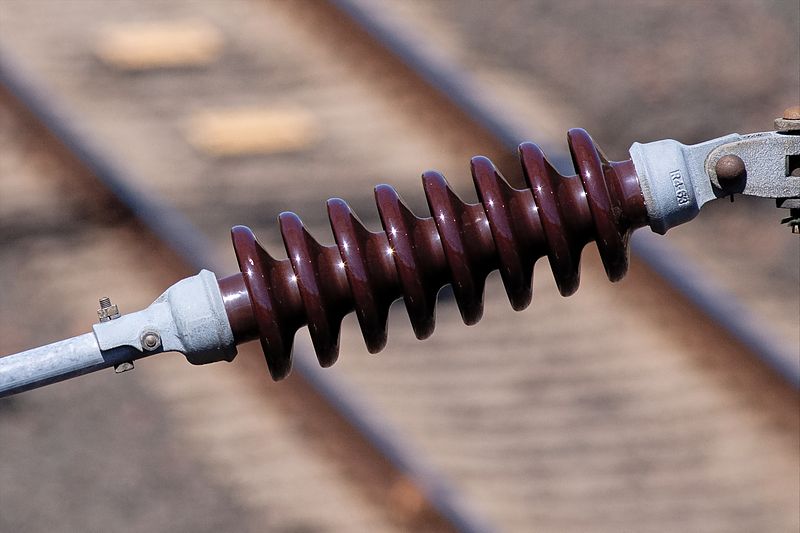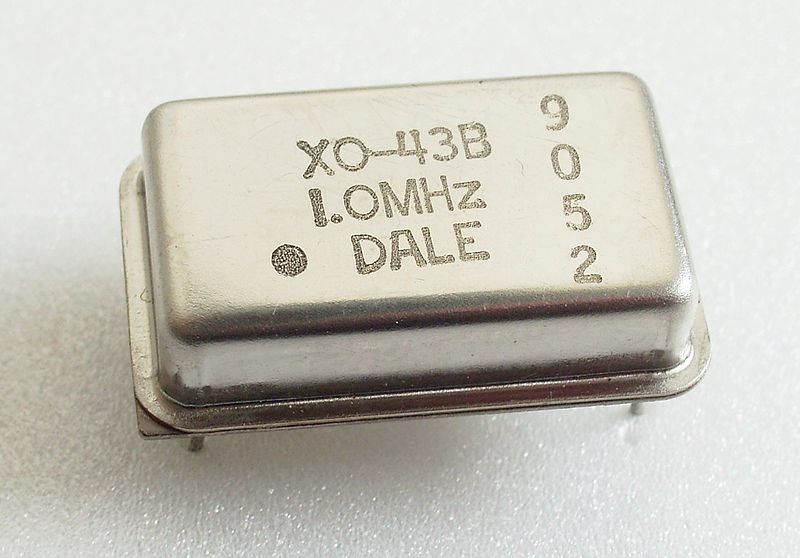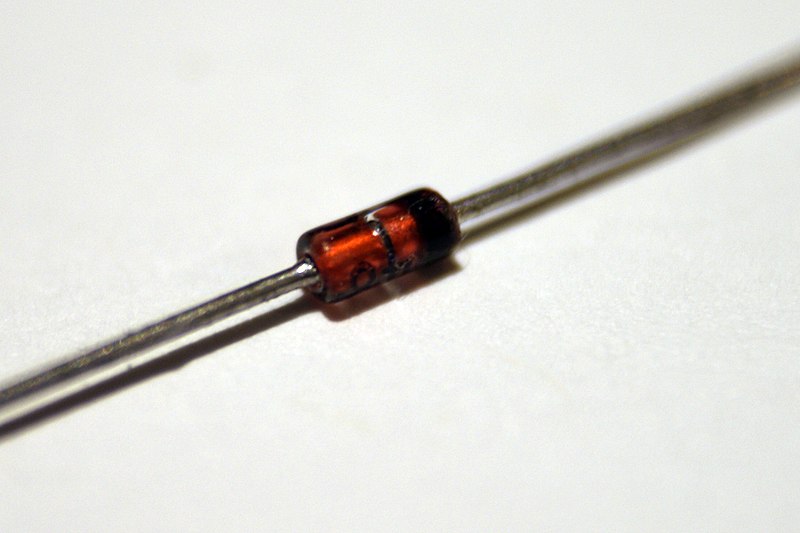Halogen lamp working principle
How does a halogen lamp work? A Halogen lamp is an incandescent lamp. It is also called Tungsten Halogen or quartz-halogen or quartz iodine lamp. It consists of a tungsten filament that is sealed in a transparent envelope. This envelope is filled with an inert gas mixture. The inert gas mixture consists of a small … Read more



